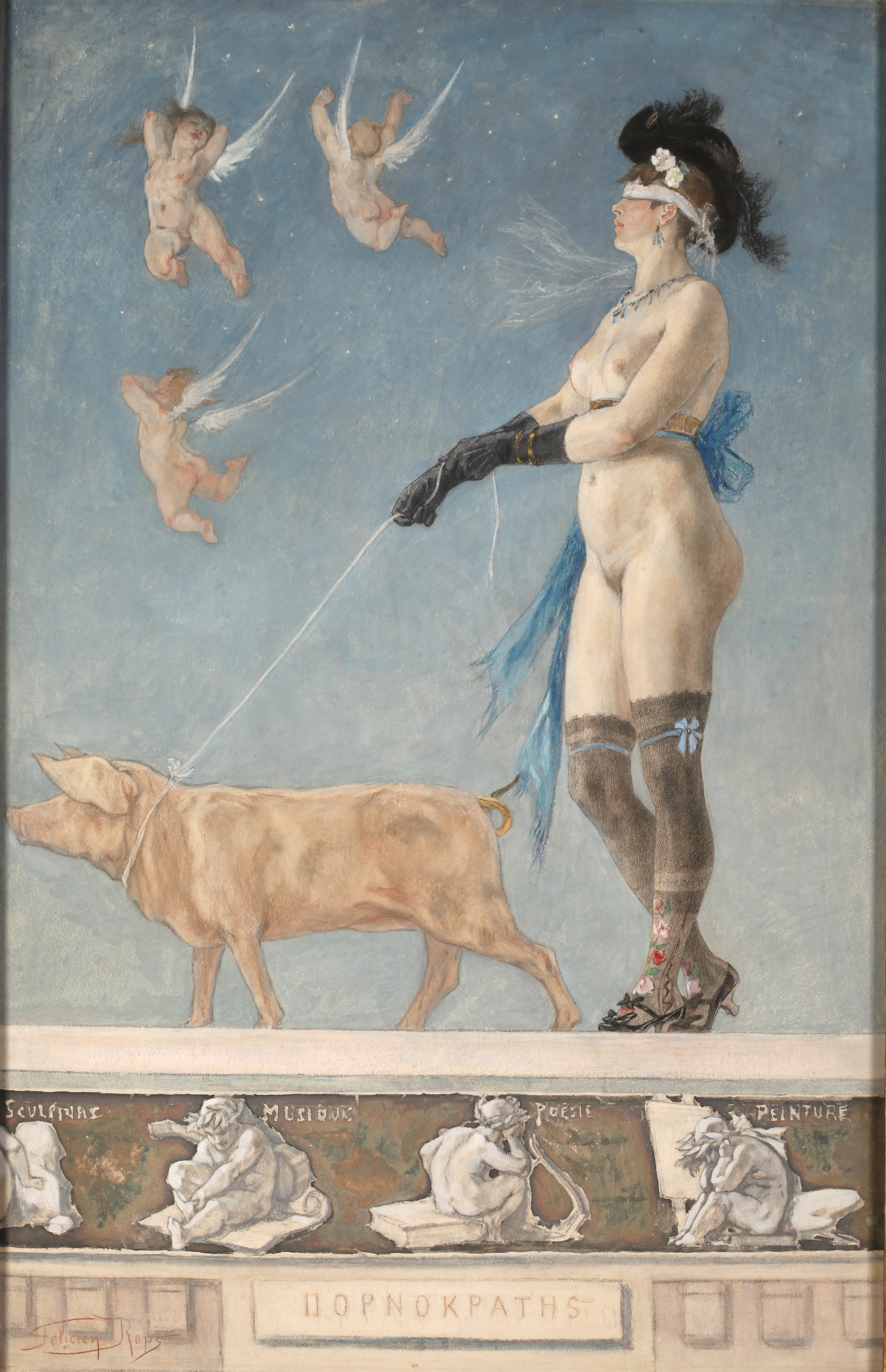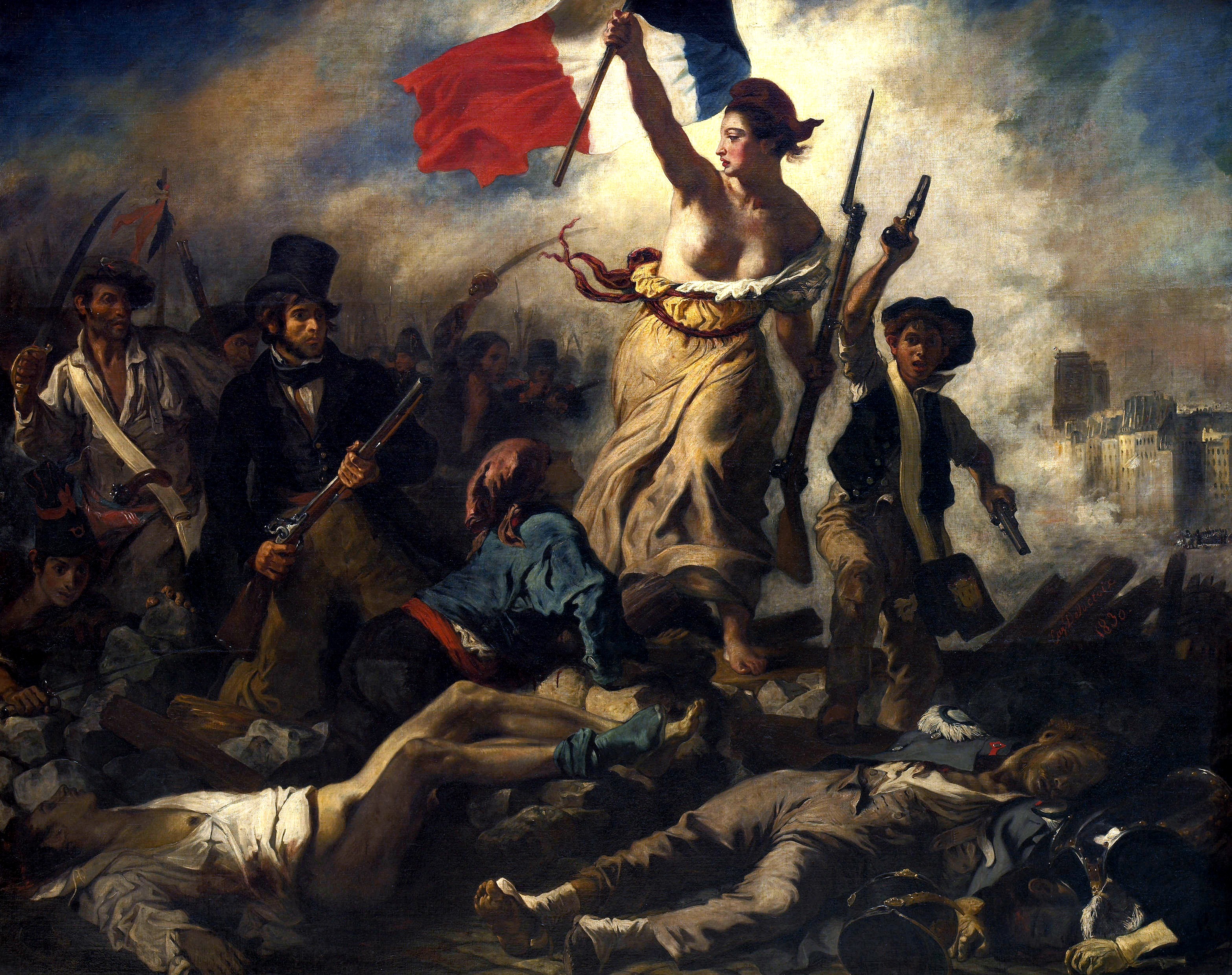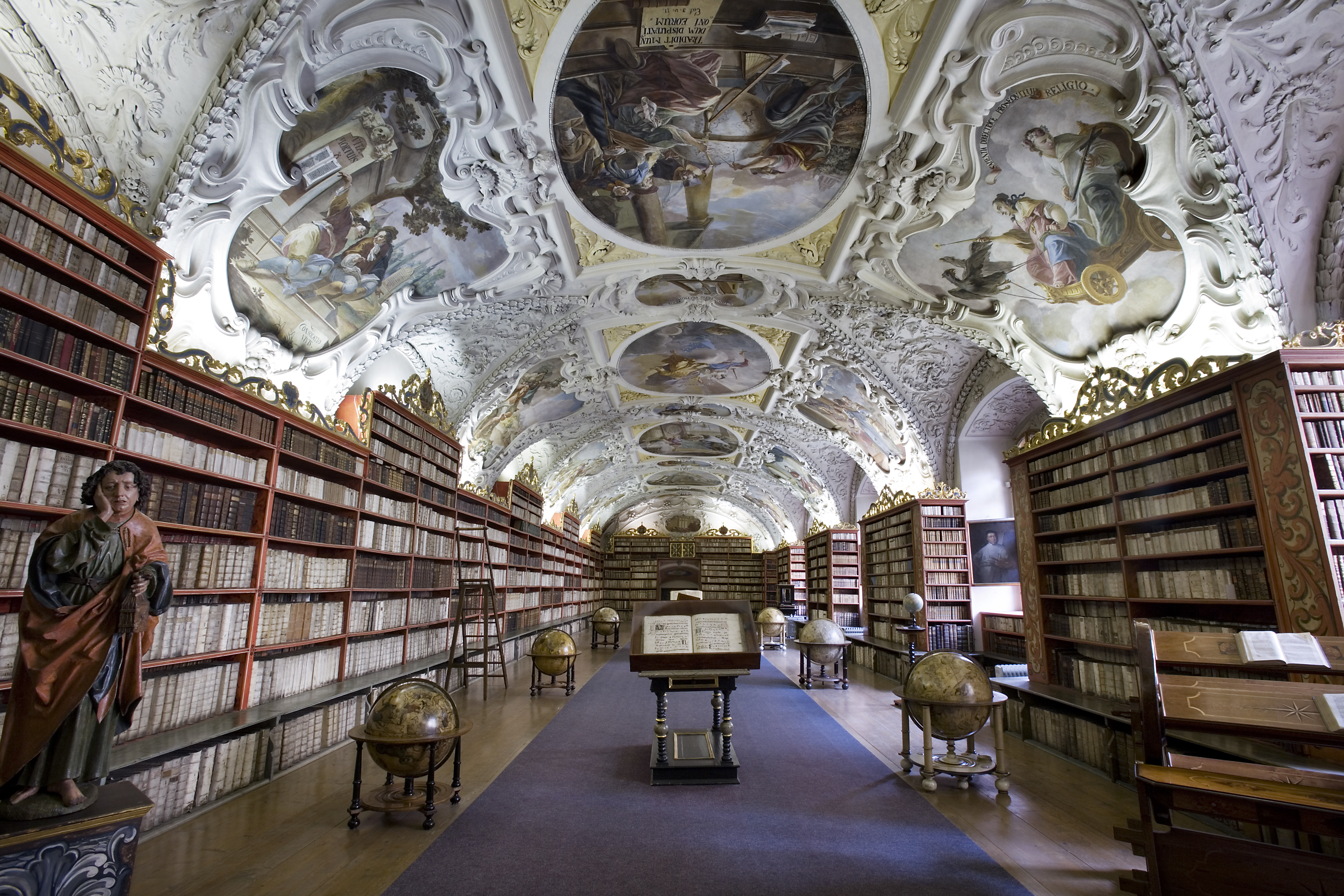|
Arthur Breisky
Arthur Breisky (May 14, 1885, Roudnice nad Labem near Prague – 1910, New York City, United States) was a Czech writer of Decadence. He was a novelist, a translator, literary editor, and a playwright; wrote a number of reviews on modern literature and art. Was also known as a dandy and aesthetician, and a master of mystification both in his literary works and in real life. Died as a lift boy, probably committed an error. Born in Roudnice, Arthur started his education in Prague but moved with the family to Louny in 1899. Nowadays, there is a street in Louny named after Arthur Breisky. Outline of works Best known books: * ''Triumf zla'' (''The Triumph of Evil'') (1910) * ''Dvě novely'' (''Two stories'') (1927) Essays and critical reviews: * ''Střepy zrcadel'' (''Shattered Mirrors'') (1928) His correspondence and unpublished papers from 1902–1910 have been gathered and later published as a book ''V království chimér'' (''In the Kingdom of Chimeras''). Se ... [...More Info...] [...Related Items...] OR: [Wikipedia] [Google] [Baidu] |
Roudnice Nad Labem
Roudnice nad Labem (; ) is a town in Litoměřice District in the Ústí nad Labem Region of the Czech Republic. It has about 13,000 inhabitants. The town centre is well preserved and is protected by law as an urban monument zone. A steel road bridge dating from the early 20th century spans the Elbe in Roudnice nad Labem. Its medieval predecessor was the third oldest stone bridge in Bohemia (after Prague and Písek) and the first bridge to connect both banks of the river. Roudnice nad Labem features a castle of late Romanesque origin, now reconstructed in Baroque style. Administrative parts The village of Podlusky is an administrative part of Roudnice nad Labem. Etymology The original names Rúdnik and Rúdnica probably come from the iron water of a nearby spring (''ruda'' = " ore"). Geography Roudnice nad Labem is located about southeast of Litoměřice and north of Prague. It lies in the Lower Eger Table, in the Polabí lowlands. The highest point is on the hill Host� ... [...More Info...] [...Related Items...] OR: [Wikipedia] [Google] [Baidu] |
Prague
Prague ( ; cs, Praha ; german: Prag, ; la, Praga) is the capital and largest city in the Czech Republic, and the historical capital of Bohemia. On the Vltava river, Prague is home to about 1.3 million people. The city has a temperate oceanic climate, with relatively warm summers and chilly winters. Prague is a political, cultural, and economic hub of central Europe, with a rich history and Romanesque, Gothic, Renaissance and Baroque architectures. It was the capital of the Kingdom of Bohemia and residence of several Holy Roman Emperors, most notably Charles IV (r. 1346–1378). It was an important city to the Habsburg monarchy and Austro-Hungarian Empire. The city played major roles in the Bohemian and the Protestant Reformations, the Thirty Years' War and in 20th-century history as the capital of Czechoslovakia between the World Wars and the post-war Communist era. Prague is home to a number of well-known cultural attractions, many of which survived ... [...More Info...] [...Related Items...] OR: [Wikipedia] [Google] [Baidu] |
New York City
New York, often called New York City or NYC, is the most populous city in the United States. With a 2020 population of 8,804,190 distributed over , New York City is also the most densely populated major city in the United States, and is more than twice as populous as second-place Los Angeles. New York City lies at the southern tip of New York State, and constitutes the geographical and demographic center of both the Northeast megalopolis and the New York metropolitan area, the largest metropolitan area in the world by urban landmass. With over 20.1 million people in its metropolitan statistical area and 23.5 million in its combined statistical area as of 2020, New York is one of the world's most populous megacities, and over 58 million people live within of the city. New York City is a global cultural, financial, entertainment, and media center with a significant influence on commerce, health care and life sciences, research, technology, educa ... [...More Info...] [...Related Items...] OR: [Wikipedia] [Google] [Baidu] |
Czech People
The Czechs ( cs, Češi, ; singular Czech, masculine: ''Čech'' , singular feminine: ''Češka'' ), or the Czech people (), are a West Slavic ethnic group and a nation native to the Czech Republic in Central Europe, who share a common ancestry, culture, history, and the Czech language. Ethnic Czechs were called Bohemians in English until the early 20th century, referring to the former name of their country, Bohemia, which in turn was adapted from the late Iron Age tribe of Celtic Boii. During the Migration Period, West Slavic tribes settled in the area, "assimilated the remaining Celtic and Germanic populations", and formed a principality in the 9th century, which was initially part of Great Moravia, in form of Duchy of Bohemia and later Kingdom of Bohemia, the predecessors of the modern republic. The Czech diaspora is found in notable numbers in the United States, Canada, Israel, Austria, Germany, Slovakia, Ukraine, Switzerland, Italy, the United Kingdom, Australia, Fran ... [...More Info...] [...Related Items...] OR: [Wikipedia] [Google] [Baidu] |
Decadent Movement
The Decadent movement (Fr. ''décadence'', “decay”) was a late-19th-century artistic and literary movement, centered in Western Europe, that followed an aesthetic ideology of excess and artificiality. The Decadent movement first flourished in France and then spread throughout Europe and to the United States. The movement was characterized by a belief in the superiority of human fantasy and aesthetic hedonism over logic and the natural world. Overview The concept of decadence dates from the 18th century, especially from the writings of Montesquieu, the Enlightenment philosopher who suggested that the decline (''décadence'') of the Roman Empire was in large part due to its moral decay and loss of cultural standards. When Latin scholar Désiré Nisard turned toward French literature, he compared Victor Hugo and Romanticism in general to the Roman decadence, men sacrificing their craft and their cultural values for the sake of pleasure. The trends that he identified, such ... [...More Info...] [...Related Items...] OR: [Wikipedia] [Google] [Baidu] |
Modernism
Modernism is both a philosophical and arts movement that arose from broad transformations in Western society during the late 19th and early 20th centuries. The movement reflected a desire for the creation of new forms of art, philosophy, and social organization which reflected the newly emerging industrial world, including features such as urbanization, architecture, new technologies, and war. Artists attempted to depart from traditional forms of art, which they considered outdated or obsolete. The poet Ezra Pound's 1934 injunction to "Make it New" was the touchstone of the movement's approach. Modernist innovations included abstract art, the stream-of-consciousness novel, montage cinema, atonal and twelve-tone music, divisionist painting and modern architecture. Modernism explicitly rejected the ideology of realism and made use of the works of the past by the employment of reprise, incorporation, rewriting, recapitulation, revision and parody. Modernism also rej ... [...More Info...] [...Related Items...] OR: [Wikipedia] [Google] [Baidu] |
Modern Art
Modern art includes artistic work produced during the period extending roughly from the 1860s to the 1970s, and denotes the styles and philosophies of the art produced during that era. The term is usually associated with art in which the traditions of the past have been thrown aside in a spirit of experimentation. Modern artists experimented with new ways of seeing and with fresh ideas about the nature of materials and functions of art. A tendency away from the narrative, which was characteristic for the traditional arts, toward abstraction is characteristic of much modern art. More recent artistic production is often called contemporary art or postmodern art. Modern art begins with the heritage of painters like Vincent van Gogh, Paul Cézanne, Paul Gauguin, Georges Seurat and Henri de Toulouse-Lautrec all of whom were essential for the development of modern art. At the beginning of the 20th century Henri Matisse and several other young artists including the Proto-Cubism, pre-c ... [...More Info...] [...Related Items...] OR: [Wikipedia] [Google] [Baidu] |
Dandy
A dandy is a man who places particular importance upon physical appearance, refined language, and leisurely hobbies, pursued with the appearance of nonchalance. A dandy could be a self-made man who strove to imitate an aristocratic lifestyle despite coming from a middle-class background, especially in late 18th- and early 19th-century Britain. Previous manifestations of the ''petit-maître'' (French for "small master") and the Muscadin have been noted by John C. Prevost, but the modern practice of dandyism first appeared in the revolutionary 1790s, both in London and in Paris. The dandy cultivated cynical reserve, yet to such extremes that novelist George Meredith, himself no dandy, once defined cynicism as "intellectual dandyism". Some took a more benign view; Thomas Carlyle wrote in ''Sartor Resartus'' that a dandy was no more than "a clothes-wearing man". Honoré de Balzac introduced the perfectly worldly and unmoved Henri de Marsay in '' La fille aux yeux d'or'' (1835), a p ... [...More Info...] [...Related Items...] OR: [Wikipedia] [Google] [Baidu] |
Aesthetics
Aesthetics, or esthetics, is a branch of philosophy Philosophy (from , ) is the systematized study of general and fundamental questions, such as those about existence, reason, Epistemology, knowledge, Ethics, values, Philosophy of mind, mind, and Philosophy of language, language. Such quest ... that deals with the nature of beauty and taste (sociology), taste, as well as the philosophy of art (its own area of philosophy that comes out of aesthetics). It examines aesthetic values, often expressed through judgments of taste. Aesthetics covers both natural and artificial sources of experiences and how we form a judgment about those sources. It considers what happens in our minds when we engage with objects or environments such as viewing visual art, listening to music, reading poetry, experiencing a play, watching a fashion show, movie, sports or even exploring various aspects of nature. The philosophy of art specifically studies how artists imagine, create, and perfor ... [...More Info...] [...Related Items...] OR: [Wikipedia] [Google] [Baidu] |
Louny
Louny (; german: Laun) is a town in the Ústí nad Labem Region of the Czech Republic. It has about 18,000 inhabitants. It lies on the river Ohře. The town centre is well preserved and is protected by law as an urban monument zone. Administrative parts Villages of Brloh and Nečichy are administrative parts of Louny. Brloh forms an exclave of the municipal territory. Etymology The origin of the name Louny is unclear. Older theories, which are less likely, link the name to the personal name Lún, to the Czech word ''lůno'' (literally "womb", but here meaning "valley"), to the bird ''luňák'' (i.e. "kite"), or even to the Celtic word ''louwn'' ("lawn"). More modern and more likely theories attribute the origin of the name to the Old Czech words ''lunúti'' ("to flow fast") and ''lúňa / lúna'' ("current"), which refer to the local flow of the Ohře River. Geography Louny is located about southeast of Ústí nad Labem and northwest of Prague. It lies mostly in the Lower Ege ... [...More Info...] [...Related Items...] OR: [Wikipedia] [Google] [Baidu] |
Czech Literature
Czech literature can refer to literature written in Czech, in the Czech Republic (formerly Czechoslovakia, earlier the Lands of the Bohemian Crown), or by Czech people. Most literature in the Czech Republic is now written in Czech, but historically, a considerable part of Czech literary output was written in other languages as well, including Latin and German. Middle Latin works Bohemia was Christianized in the late 9th to 10th centuries, and the earliest written works associated with the kingdom of Bohemia are Middle Latin works written in the 12th to 13th centuries (with the exception of the Latin ''Legend of Christian'', supposedly of the 10th century but of dubious authenticity). The majority of works from this period are chronicles and hagiographies. Bohemian hagiographies focus exclusively on Bohemian saints (Sts. Ludmila, Wenceslas, Procopius, Cyril and Methodius, and Adalbert), although numerous legends about Bohemian saints were also written by foreign authors. ... [...More Info...] [...Related Items...] OR: [Wikipedia] [Google] [Baidu] |
Charles University
) , image_name = Carolinum_Logo.svg , image_size = 200px , established = , type = Public, Ancient , budget = 8.9 billion CZK , rector = Milena Králíčková , faculty = 4,057 , administrative_staff = 4,026 , students = 51,438 , undergrad = 32,520 , postgrad = 9,288 , doctoral = 7,428 , city = Prague , country = Czech Republic , campus = Urban , colors = , affiliations = Coimbra Group EUA Europaeum , website = Charles University ( cs, Univerzita Karlova, UK; la, Universitas Carolina; german: Karls-Universität), also known as Charles University in Prague or historically as the University of Prague ( la, Universitas Pragensis, links=no), is the oldest and largest university in the Czech Republic. It is one of the oldest universities in Europe in continuous operation. Today, the university consists of 17 faculties located in Prague, Hradec Králové, and Plzeň. Charles University belongs among the top three universities in Central and Eastern Europe. It ... [...More Info...] [...Related Items...] OR: [Wikipedia] [Google] [Baidu] |

.jpg)







.jpg)

